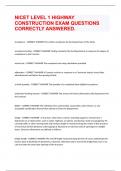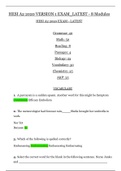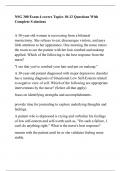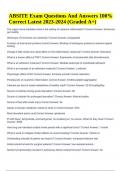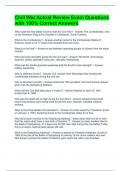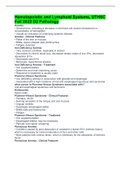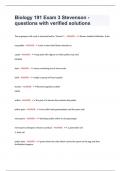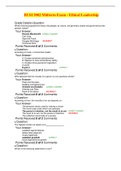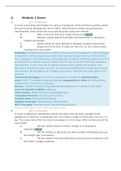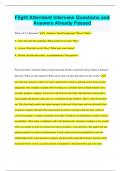Exam (elaborations)
NICET LEVEL 1 HIGHWAY CONSTRUCTION EXAM QUESTIONS CORRECTLY ANSWERED.
- Course
- Institution
NICET LEVEL 1 HIGHWAY CONSTRUCTION EXAM QUESTIONS CORRECTLY ANSWERED. Acceptance - CORRECT ANSWER The written acceptance by the Department of the Work. acceptance testing - CORRECT ANSWER Testing conducted by the Department to measure the degree of compliance to the Contract actual cost ...
[Show more]
